Assignment 3 Report
Introduction
Link to screen recording of application: https://youtu.be/WnIy7DLZZ94
This application was designed to teach people about birds they might come across in Tasmania. It is mainly designed for use in the classroom but is suitable for any person who would like to learn some basic knowledge about different birds
Design
This application enhances the learning experience of students by creating an engaging activity. Users may point a webcam at a bird card (there is only one as of now, but the idea would be to have many) and would be able to discover different things about that bird, by placing information cards next to the bird card, and having the information presented visually in the screen, in the form of (sometimes animated) 3D models.
In an education environment, this application would be most suited for primary/high schools. As an example, if the class is going on a trip or camp somewhere, they could use these cards to learn about the birds that they might see on their trip, so that they may recognize/identify them. The teacher could go through the interactions in front of the class, as the students guess the information or fill out a worksheet, or, after the teacher demonstrates, the students could get into groups and pass the different bird cards around, discovering the information for themselves.
The medium chosen for this project, augmented reality, is extremely suitable for this project and similar projects as it enhances the learning of the students by creating an interactive and engaging learning experience. augmented reality can be used at any level of schooling, but in an educational environment, the application must be developed to be intuitive or be easy to explain. One of the benefits of augmented reality is that it can bring the digital world into the physical world (it is said to be the bridge between these worlds), and, if further development were done on this project, perhaps the birds would look completely photorealistic, which would create the illusion of having a real bird in the room with the students, that they could interact with.
The results of studies into the effectiveness augmented reality for education are mixed, but many studies report positive effects in knowledge retention and motivation, with the downside of technical and usability issues. As this medium becomes more widely adopted, the effects on learning will become better known. Augmented reality is effective for online courses, as physical models are not as readily available at home, and being able to see a 3D model before you can be extremely useful in many university courses (such as biology, which this application could potentially be used for with some upgrades).
Interaction Design
The interactions involved in this application include placing an information card in the vicinity of a bird card. There are four different information cards (food, habitat, wings, and call) that all trigger different reactions.
The “food” card triggers food that the bird eats to appear, and an animation to start, so that users can see the bird eating the food.
The “habitat” card triggers the 3D model of the bird’s habitat to appear around the bird.
The “wings” card triggers an animation of the bird with its wings out, flapping slightly.
The “call” card triggers music notes to appear, the bird’s beak to open, and a recorded sound of the bird’s call to play.
These interactions are important as they all teach an aspect of the bird’s life in an interactive way. They work together to present a well-rounded view of the life and habitat of different species of birds.
Storyboard
A storyboard of the application design is included below:
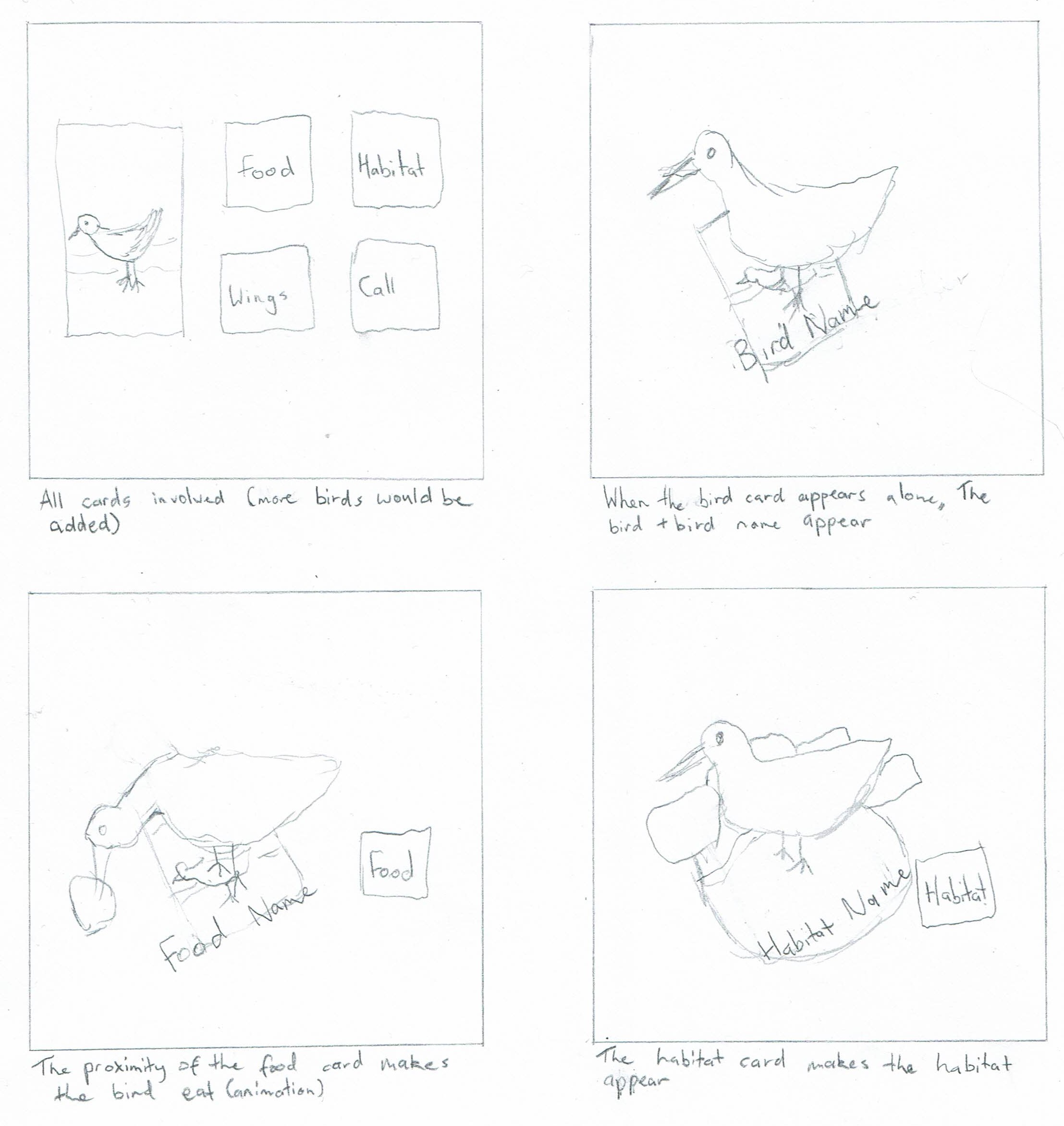
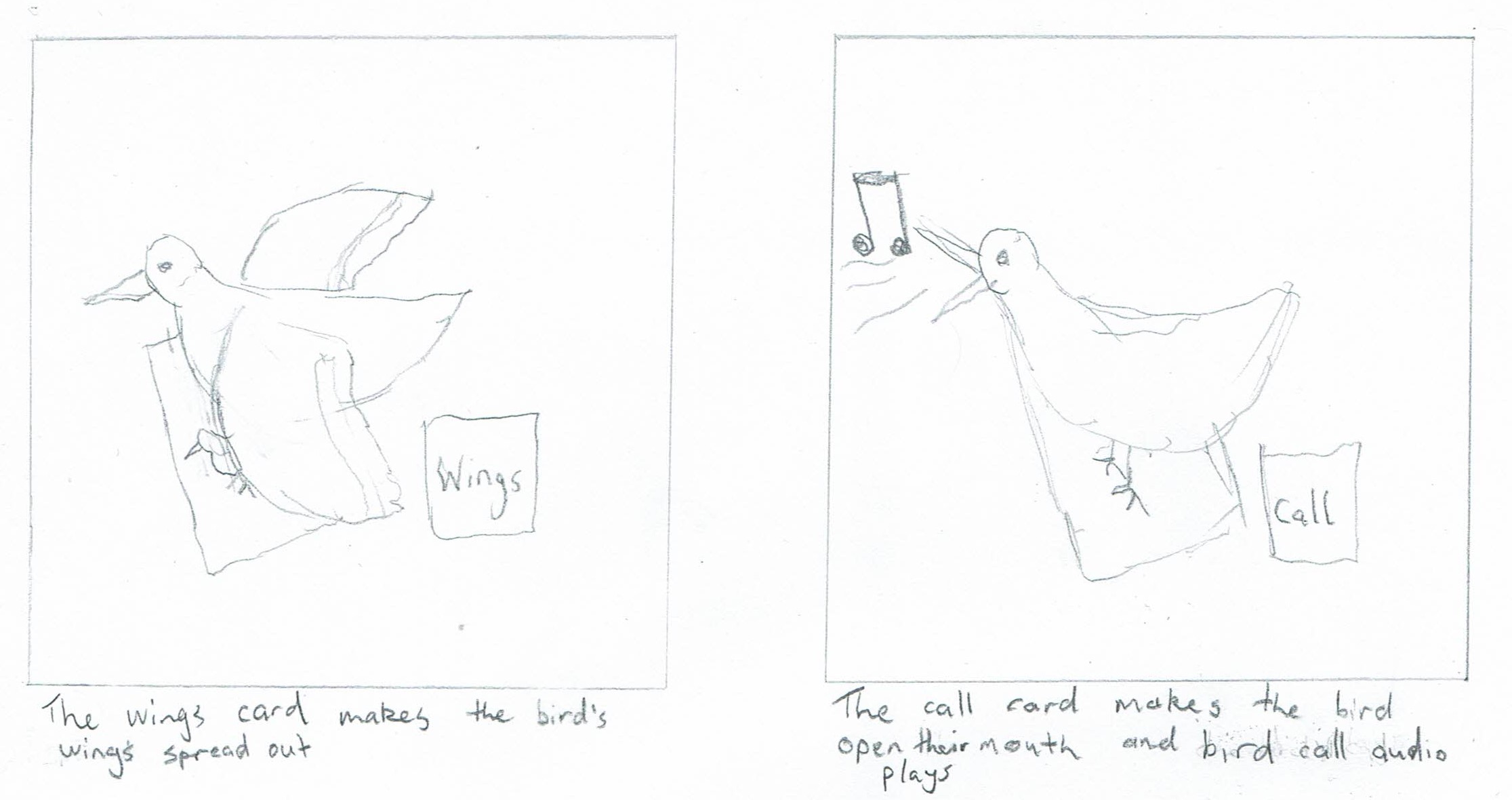
Technical Development
Footage of the application was taken with a Logitech c922 pro webcam, which was the same webcam used to test the application. The AR application was made using Vuforia Engine in Unity.
To engage with the interactions, the information cards must be brought into view of the webcam (with the bird card), and, once the user has ensured that the image target on the information card has been recognized (a green border will appear around it), they can place it near the bird card. To end the events triggered by the interaction, the user can slowly remove the information card from the vicinity of the bird. At this point in time, if the card is removed too quickly or removed off camera, the events will not end. This can be fixed with further development.
Descriptions of 3D Models
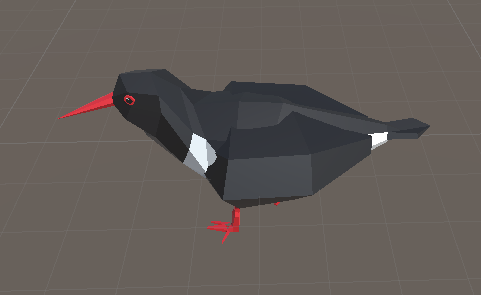
Pied Oystercatcher model - The main model used when only the bird card appears, and when the habitat is shown. An animated version of this model is used to show the bird eating food.
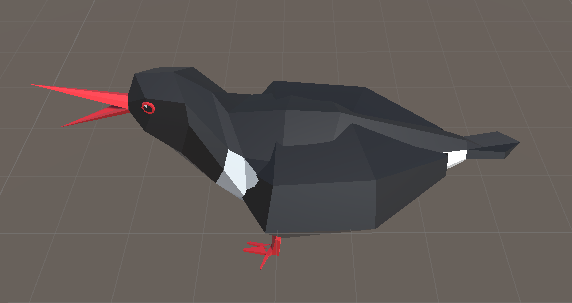
Pied Oystercatcher with mouth open - This model is used when the bird call sounds are played.
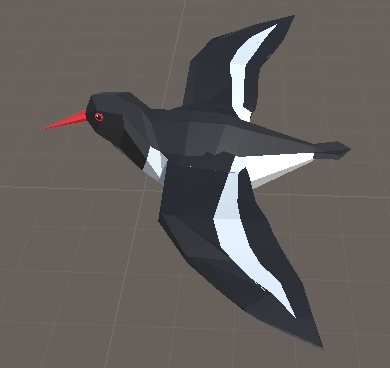
Pied Oystercatcher with wings out - This animated model shows off what the open wings of the bird look like.
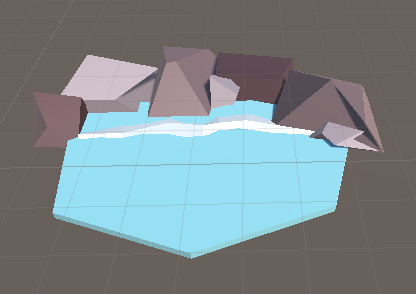
Coastal Environment - This is a habitat model that can be used for any coastal bird.
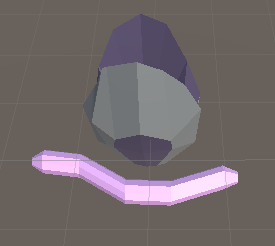
Food - This model represents the food that a Pied Oystercatcher eats.

Music Notes - This model appears when the bird call sound plays.

Collider Guide - This appears on an information card when the image target is detected, so that users can ensure it has been detected before placing it next to a bird.
References
Report References:
Akçayır, M. and Akçayır, G. (2016) Advantages and challenges associated with augmented reality for education: A systematic review of the literature, Educational Research Review. Available at: https://www.sciencedirect.com/science/article/abs/pii/S1747938X16300616?via%3Dihub
Cabero-Almenara, J. et al. (2019) Educational uses of augmented reality (AR): Experiences in educational science, MDPI. Available at: https://www.mdpi.com/2071-1050/11/18/4990
Chang, H.-Y. et al. (2022) Ten Years of augmented reality in education: A meta-analysis of (quasi-) experimental studies to investigate the impact, Computers & Education. Available at: https://www.sciencedirect.com/science/article/pii/S0360131522002123
Dr Mark van Rijmenam, C. (2022) How augmented reality will become part of reality before 2030, Dr Mark van Rijmenam, CSP | Strategic Futurist Speaker. Available at: https://www.thedigitalspeaker.com/augmented-reality-part-reality-2030/
Dudkin, I. (2020) The Future of Augmented Reality (updated for 2020-2021), Skywell Software. Available at: https://skywell.software/blog/the-future-of-augmented-reality/
Furness, T.A. (no date) ‘Toward tightly-coupled human interfaces’. Seattle: University of Washington.
Porter, M.E. and Heppelmann, J.E. (2021) Why every organization needs an augmented reality strategy, Harvard Business Review. Available at: https://hbr.org/2017/11/why-every-organization-needs-an-augmented-reality-strategy
What are the benefits and challenges of using augmented reality in education? (2023) Augmented Reality in Education: Benefits and Challenges. Available at: https://www.linkedin.com/advice/0/what-benefits-challenges-using-augmented-reality-1e
Unity Project References:
Blender Animation to Unity Tutorial (2021). YouTube. 23 August. Available at: https://www.youtube.com/watch?v=uWexElqDcaA
Eurasian oystercatcher (common pied oystercatcher, Palaearctic oystercatcher) - haematopus ostralegus - with spread wings in flight. photo from ekkeroy at Varanger Penisula in Norway. stock photo (no date) Adobe Stock. Available at: https://stock.adobe.com/au/images/eurasian-oystercatcher-common-pied-oystercatcher-palaearctic-oystercatcher-haematopus-ostralegus-with-spread-wings-in-flight-photo-from-ekkeroy-at-varanger-penisula-in-norway/517408969
How to make a Stylized Low poly Bird in Blender 2.93 | Blender Beginner Tutorial (2021). YouTube. 8 November. Available at: https://www.youtube.com/watch?v=6rjmG8UrZDM
Modeling, rigging and animating a bird in Blender (2022) YouTube. Available at: https://www.youtube.com/watch?v=j-svZBwyAUI
Pied Oystercatcher (2023) Wikipedia. Available at: https://en.wikipedia.org/wiki/Pied_oystercatcher
Rig and Animate Character in 10 Minutes with Blender 3.1 (2022). YouTube. 4 May. Available at: https://www.youtube.com/watch?v=4z7G4TyKE9g
Sagar, P.M. (2023) South Island Pied Oystercatcher: Tōrea: New Zealand Birds Online, New Zealand Birds Online - The digital encyclopaedia of New Zealand birds. Available at: https://nzbirdsonline.org.nz/species/south-island-pied-oystercatcher
Watts, D. (2019) Field Guide to Tasmanian Birds. Chatswood, N.S.W.: Reed New Holland
Pied Oystercatcher Photo:
Moore, J. (no date) Photograph of pied oystercatcher, birdlife. birdlife.org.au. Available at: https://birdlife.org.au/bird-profiles/australian-pied-oystercatcher/
Bird Call Audio File:
XC673202 pied oystercatcher (haematopus longirostris) :: Xeno-Canto (2020) XC673202 · Pied Oystercatcher · Haematopus longirostris. Available at: https://xeno-canto.org/673202